Chris Froome shares picture of himself undergoing Cupping Therapy, but does the treatment work?
The ancient therapy has been at the centre of a long-running debate over its effectiveness
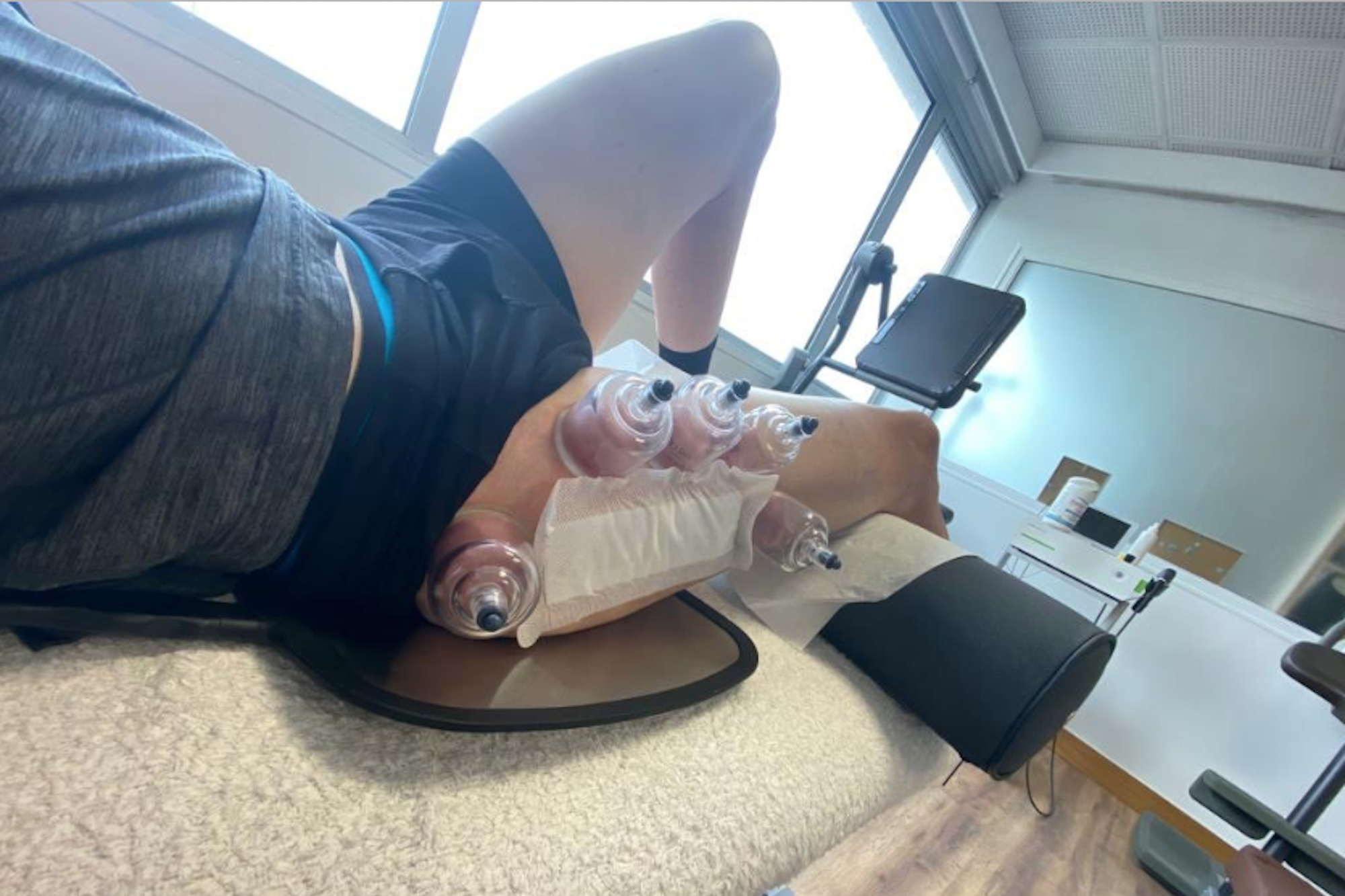
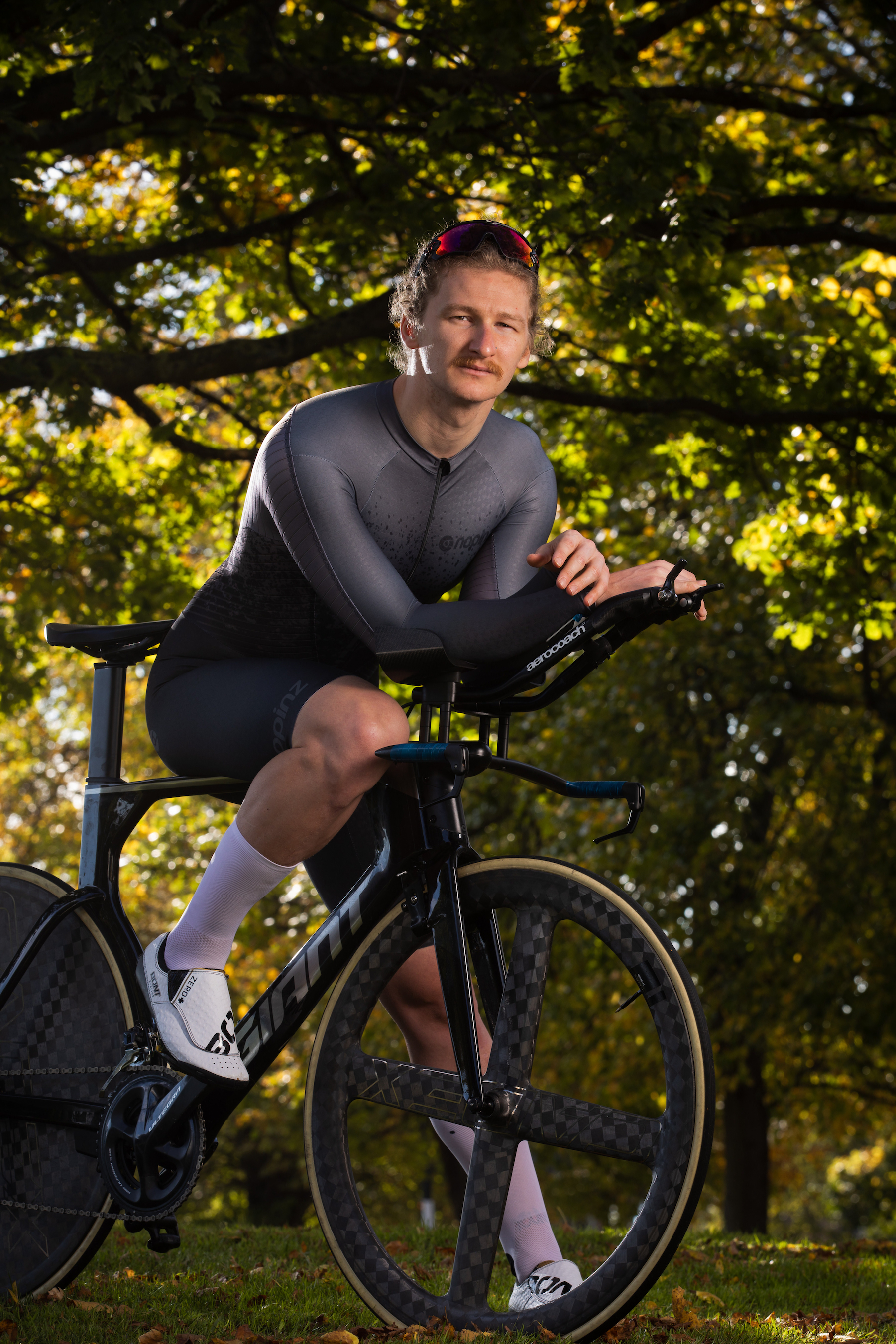
It’s no secret that Team Ineos riders receive the best of everything, whether its mattresses, team buses or medical care after injury.
After his horrific crash at the Critérium du Dauphiné, Chris Froome started the long road to recovery with the support of his big budget team and is still working his way back to full fitness.
Last week, the four-time Tour de France winner underwent another operation after the fall, this time to remove metalwork from his hip and elbow.
Then on Tuesday (November 11), Froome posted a picture on social media of his latest physiotherapy session, which included Cupping Therapy.
Fans on Twitter were quick to raise questions about Froome’s use of the therapy because of the long-running debate over whether it actually works.
Cycling Weekly decided to take a look into the research, to find out more about the ancient therapy.
What is Cupping Therapy?
Get The Leadout Newsletter
The latest race content, interviews, features, reviews and expert buying guides, direct to your inbox!
The practice most commonly seen is “dry cupping,” which basically involves applying cups to the skin and then using suction to draw fluid to the area. There are a number of variations, including “wet cupping,” where small lacerations to the skin are made to draw out blood. Cupping can often be combined with massage, acupuncture, or other alternative therapies.
The procedure, popular in Egyptian, Chinese and Middle Eastern cultures for thousands of years, leaves circular dark discolouration on the skin, which resulted in much curiosity about the subject during the 2016 Rio Olympics when swimmer Michael Phelps was seen with a number of the unusual marks.
What does Cupping Therapy do?
There are a selection of ailments that cupping therapy is believed to help by those who advocate the treatment. These can include back and neck pain, skin diseases, lowering cholesterol, migraines, knee arthritis and improved immune functions, according to the Harvard Medical School blog.
It has been claimed that the therapy drains excess fluid and toxins, increases the blood flow to skin and muscles, and reduces pain.
Does it work?
This is where things get blurry. Whether cupping is effective, and how it works, are both heavily debated areas.
According to a study from 2018, ‘The medical perspective of cupping therapy: Effects and mechanisms of action’, published in the Journal of Traditional and Complementary Medicine, the mechanism in Cupping Therapy is not fully understood.
The researchers reviewed 223 articles and 64 studies relating to the treatment, and concluded that further research was needed to explore the effects of cupping.
In the study, the academics said: “ In practice, description of a mechanism is never complete because details of related processes are not fully identified.”
They added: “One of the controversial views concerning cupping therapy is that it has only a placebo effect.
“This placebo theory about cupping will remain alive until a reliable and valid mechanism is found out.”
The study concluded that there were six possible explanations for the supposed effects of cupping: Pain-Gate Theory (cupping alters pain signals), Diffuse Noxious Inhibitory Controls (cupping distracts from other pain), Release of Nitric Oxide Theory (cupping releases Nitric Oxide which causes biological changes), Reflex Zone Theory (increasing blood flow to organs via the skin), Activation of Immune System Theory (irritating the immune system), and Blood Detoxification Theory (removal of toxic substances by cupping).
But the research concludes: “No single theory could explain its full spectrum of effects.
“The beneficial effects of cupping therapy need to be substantiated by large randomised clinical trials, systematic reviews and meta-analyses in future.”
This is similar to a review from 2015, in which researchers in China found the practice may provide pain relief for chronic neck or back pain, but that the quality of evidence was too limited to draw firm conclusions.
According to the Harvard Medical School blog, the issue with testing cupping is that the best studies are “blinded placebo-controlled” trials in which the patient and researcher don’t know which treatment has been given to the subject. It is very difficult to create a placebo for cupping.
>>> Harry Tanfield leaves Katusha-Alpecin to join Ag2r La Mondiale
Harvard Medical School’s blog concludes: “If you want convincing evidence of effectiveness before trying a treatment, you may want to pass on cupping for now.
“But if you’d like to try something that’s safe and might help with certain aches and pains (and possibly other ailments), the main downsides seem to be the temporary skin discolouration and the cost.
“Future research could prove that cupping is as good as the claims say it is – but we’ll have to wait for the results of high-quality studies to know if it’s true.”

Thank you for reading 20 articles this month* Join now for unlimited access
Enjoy your first month for just £1 / $1 / €1
*Read 5 free articles per month without a subscription

Join now for unlimited access
Try first month for just £1 / $1 / €1
Alex Ballinger is editor of BikeBiz magazine, the leading publication for the UK cycle industry, and is the former digital news editor for CyclingWeekly.com. After gaining experience in local newsrooms, national newspapers and in digital journalism, Alex found his calling in cycling, first as a reporter, then as news editor responsible for Cycling Weekly's online news output, and now as the editor of BikeBiz. Since pro cycling first captured his heart during the 2010 Tour de France (specifically the Contador-Schleck battle) Alex covered three Tours de France, multiple editions of the Tour of Britain, and the World Championships, while both writing and video presenting for Cycling Weekly. He also specialises in fitness writing, often throwing himself into the deep end to help readers improve their own power numbers. Away from the desk, Alex can be found racing time trials, riding BMX and mountain bikes, or exploring off-road on his gravel bike. He’s also an avid gamer, and can usually be found buried in an eclectic selection of books.
-
 'This is the marriage venue, no?': how one rider ran the whole gamut of hallucinations in a single race
'This is the marriage venue, no?': how one rider ran the whole gamut of hallucinations in a single raceKabir Rachure's first RAAM was a crazy experience in more ways than one, he tells Cycling Weekly's Going Long podcast
By James Shrubsall
-
 Full Tour of Britain Women route announced, taking place from North Yorkshire to Glasgow
Full Tour of Britain Women route announced, taking place from North Yorkshire to GlasgowBritish Cycling's Women's WorldTour four-stage race will take place in northern England and Scotland
By Tom Thewlis
-
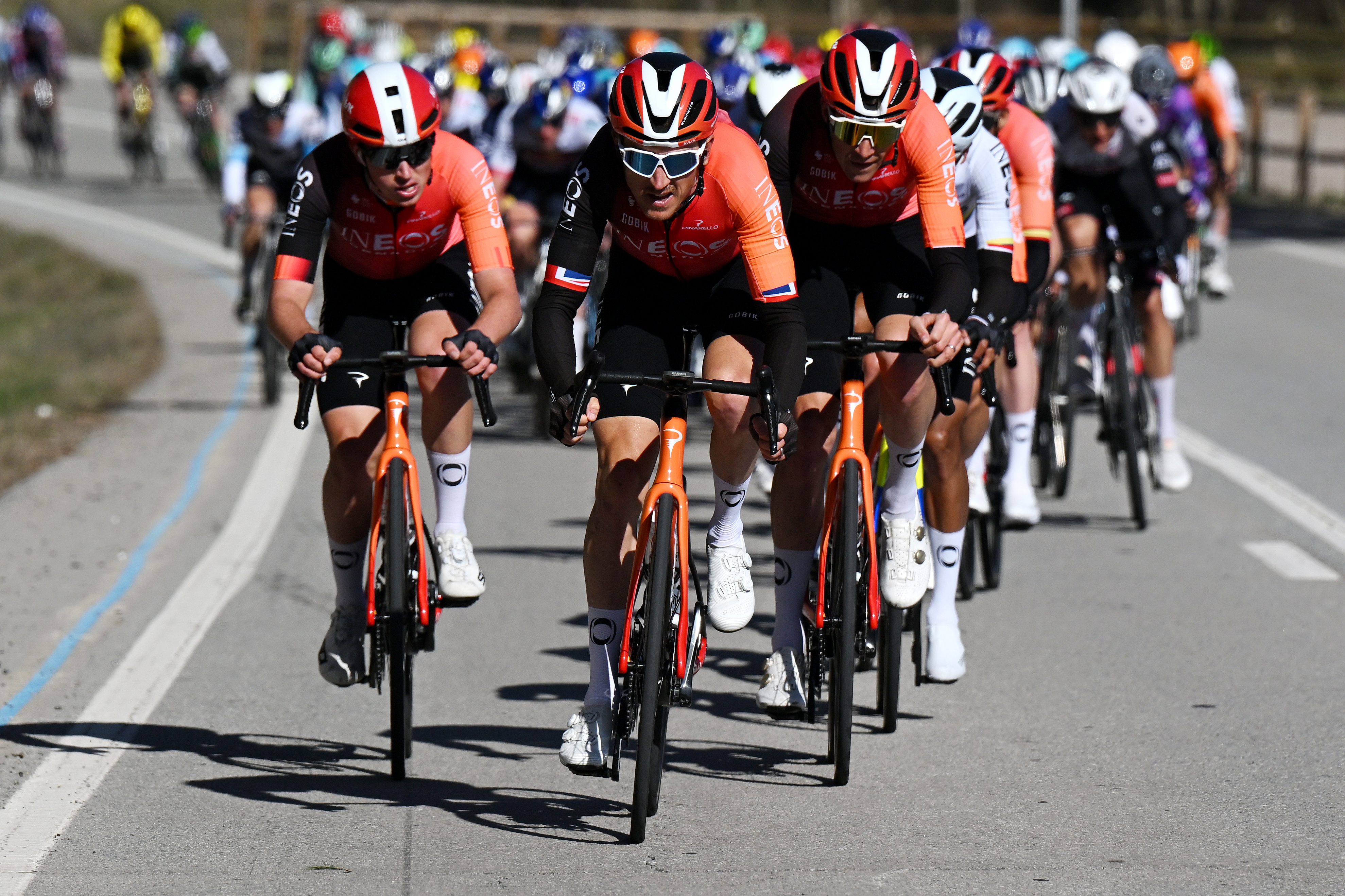 'We've talked to literally hundreds of brands' - Ineos Grenadiers CEO gives update on sponsor hunt
'We've talked to literally hundreds of brands' - Ineos Grenadiers CEO gives update on sponsor huntTeam boss John Allert says there have been 'fabulous rumours' about new partners
By Tom Davidson
-
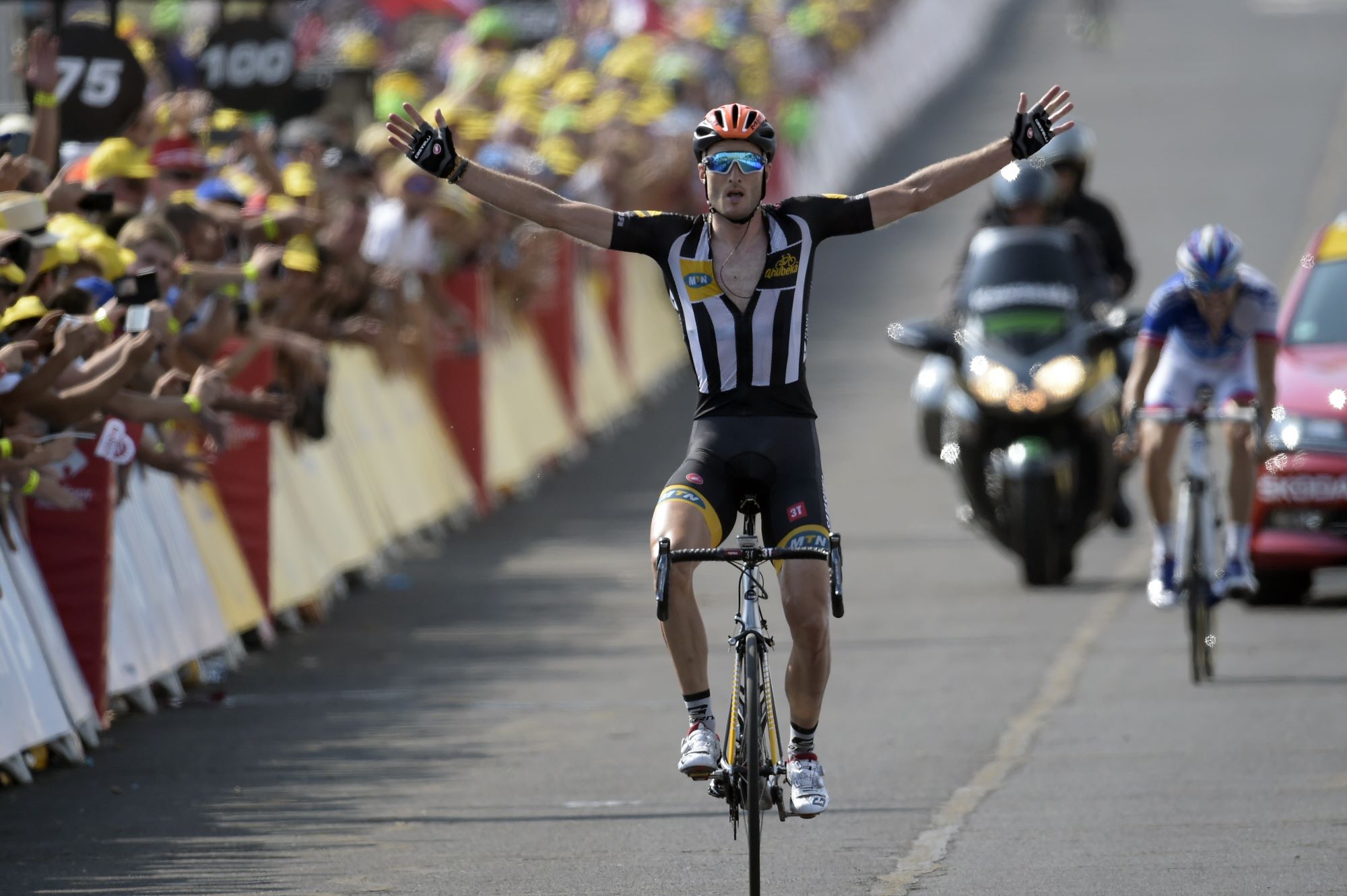 'A stage win in the Tour de France really changed my profile': Steve Cummings on working as a chef, idolising Michele Bartoli, and playing football like Trent Alexander-Arnold
'A stage win in the Tour de France really changed my profile': Steve Cummings on working as a chef, idolising Michele Bartoli, and playing football like Trent Alexander-ArnoldJayco-AlUla Sports Director discusses his most significant career victory and how he got into cycling
By Tom Thewlis
-
 Tom Pidcock to remain 'part of the Pinarello family' after joining Q36.5 Pro Cycling
Tom Pidcock to remain 'part of the Pinarello family' after joining Q36.5 Pro CyclingBritish star will continue to ride Pinarello bikes after leaving Ineos Grenadiers
By Tom Thewlis
-
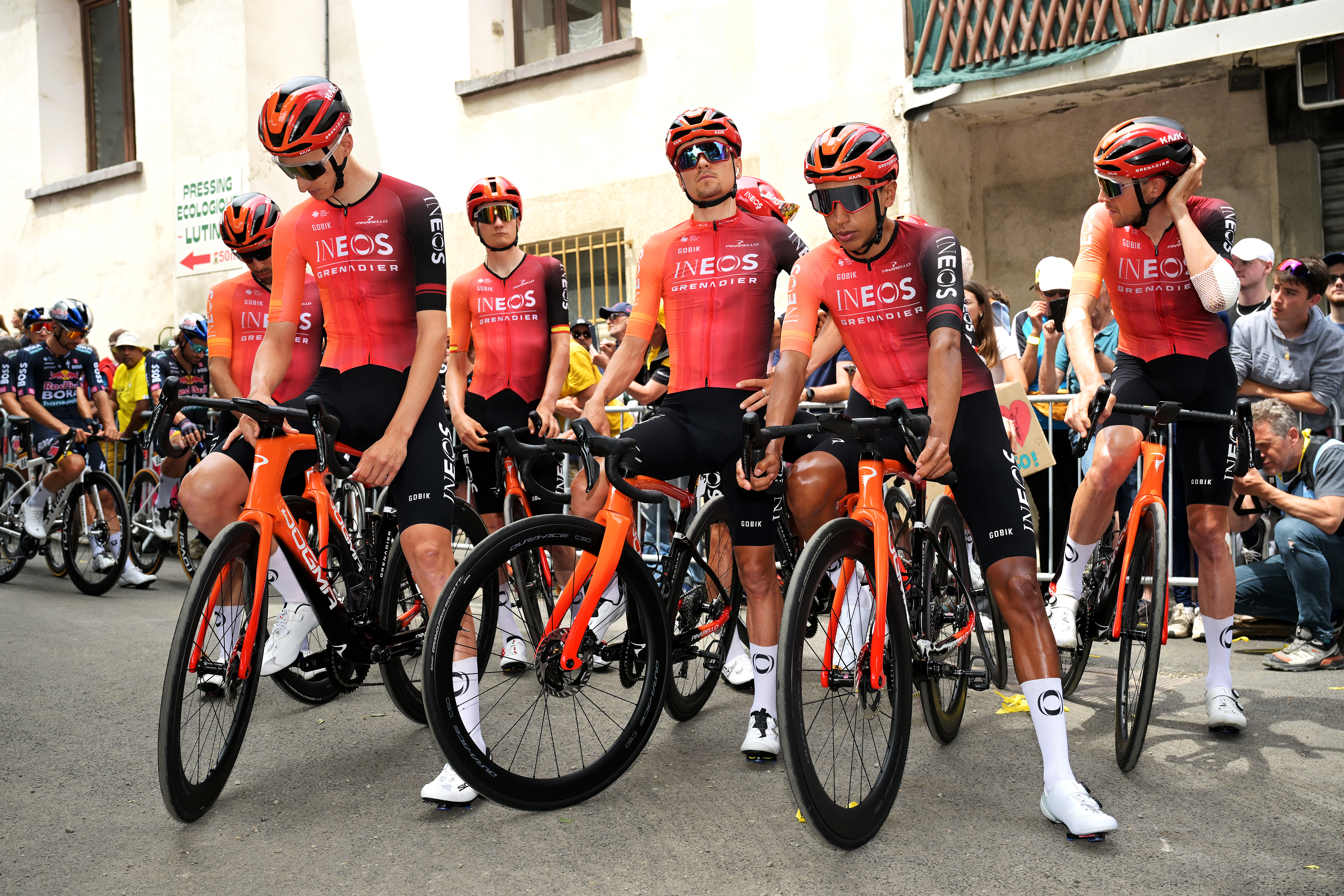 Ineos Grenadiers hire new head of engineering as reshuffle continues
Ineos Grenadiers hire new head of engineering as reshuffle continuesFormer British Cycling lead, Dr Billy Fitton, is the latest of a handful of new appointments within the British squad
By Tom Davidson
-
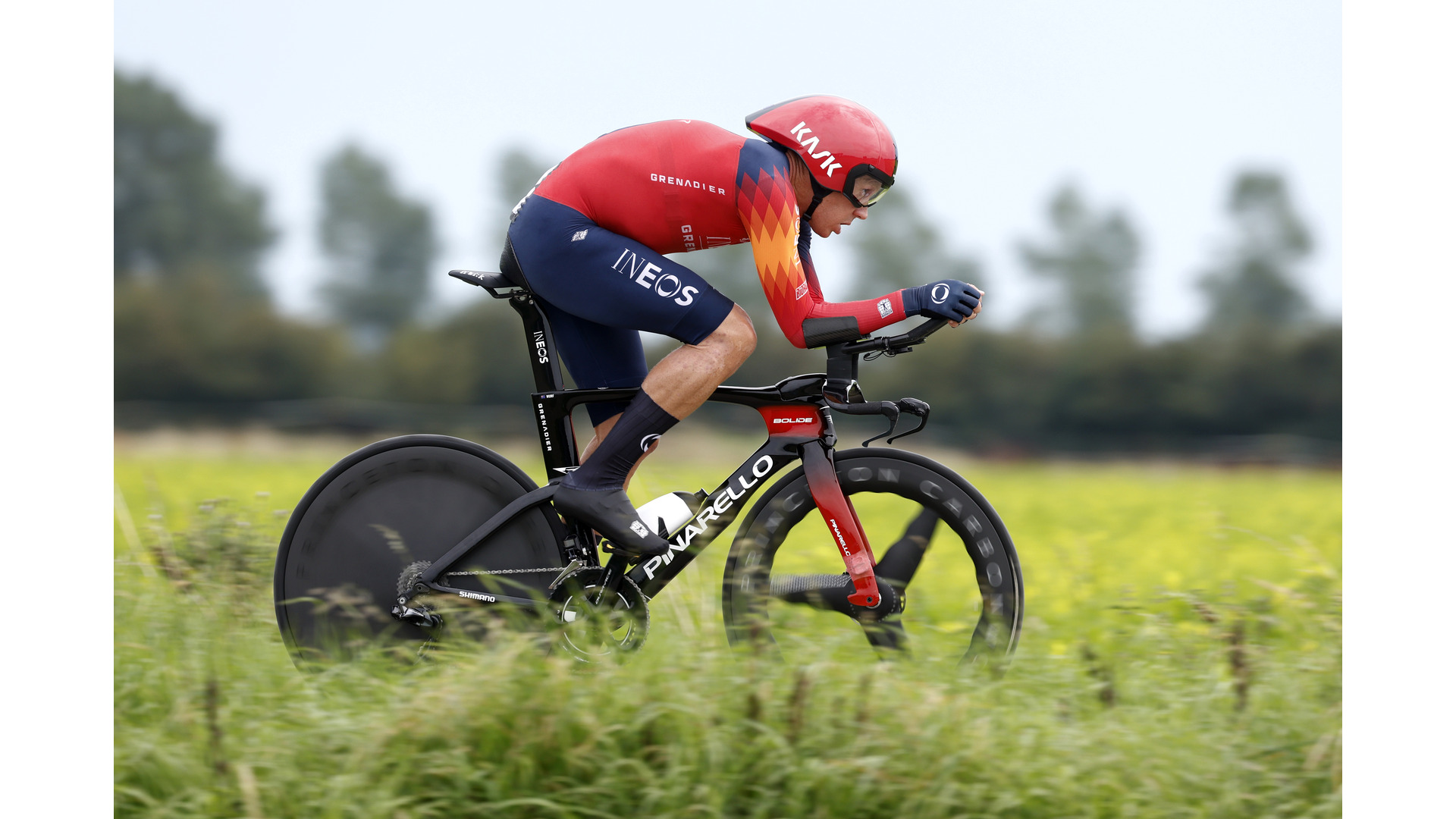 Overachiever: Cameron Wurf competed in the Amstel Gold, La Flèche Wallonne and an Ironman, all in just eight days
Overachiever: Cameron Wurf competed in the Amstel Gold, La Flèche Wallonne and an Ironman, all in just eight daysCameron Wurf is both a member of Team Ineos Grenadiers and an accomplished professional long course triathlete who has racked up numerous World Tour and Ironman race finishes across his career.
By Kristin Jenny
-
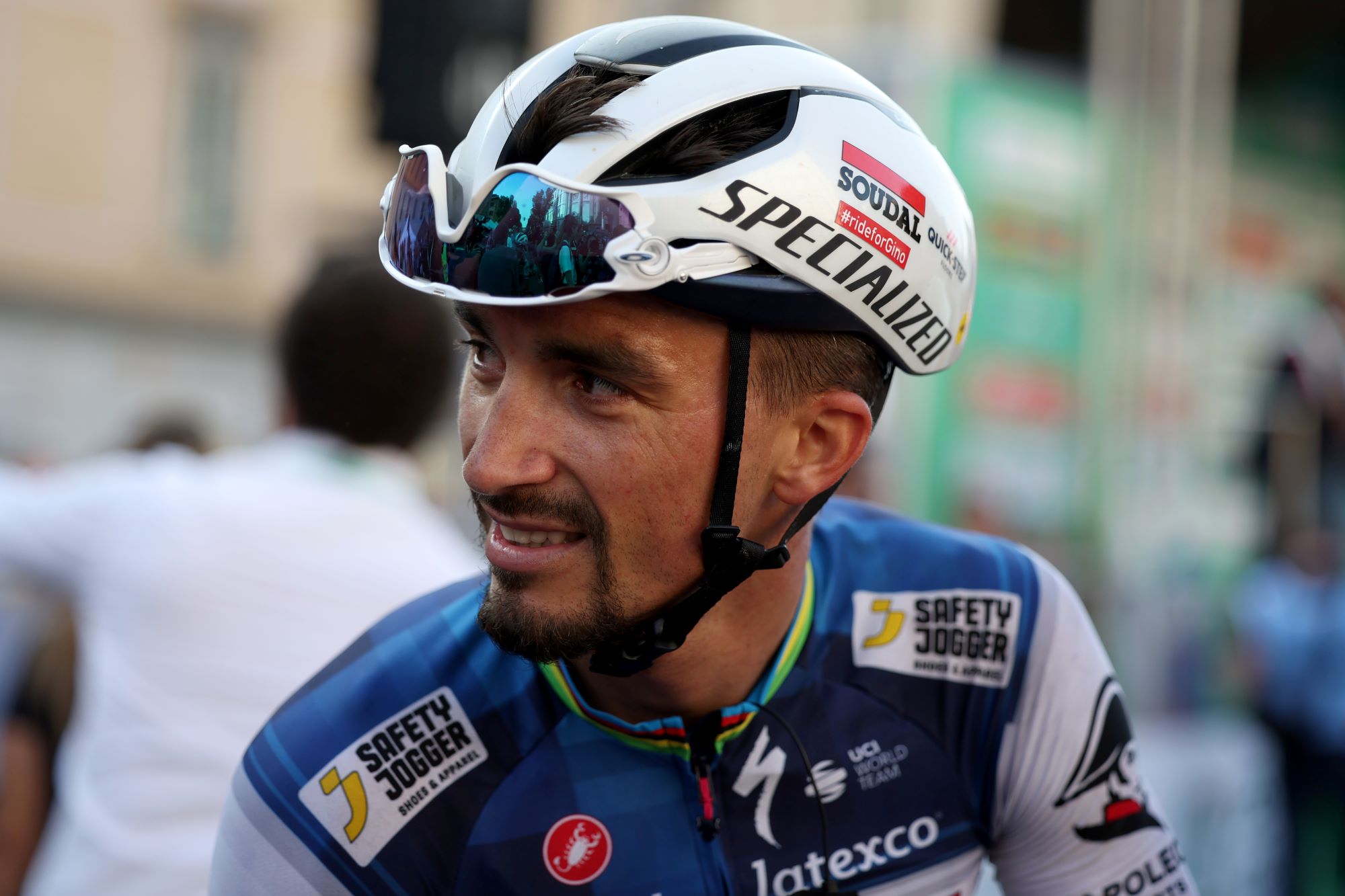 Bullying isn't allowed in other workplaces, professional sport should be no different
Bullying isn't allowed in other workplaces, professional sport should be no differentComments about Julian Alaphilippe are just the latest in a long line of examples of bosses in sport going too far
By Tom Thewlis
-
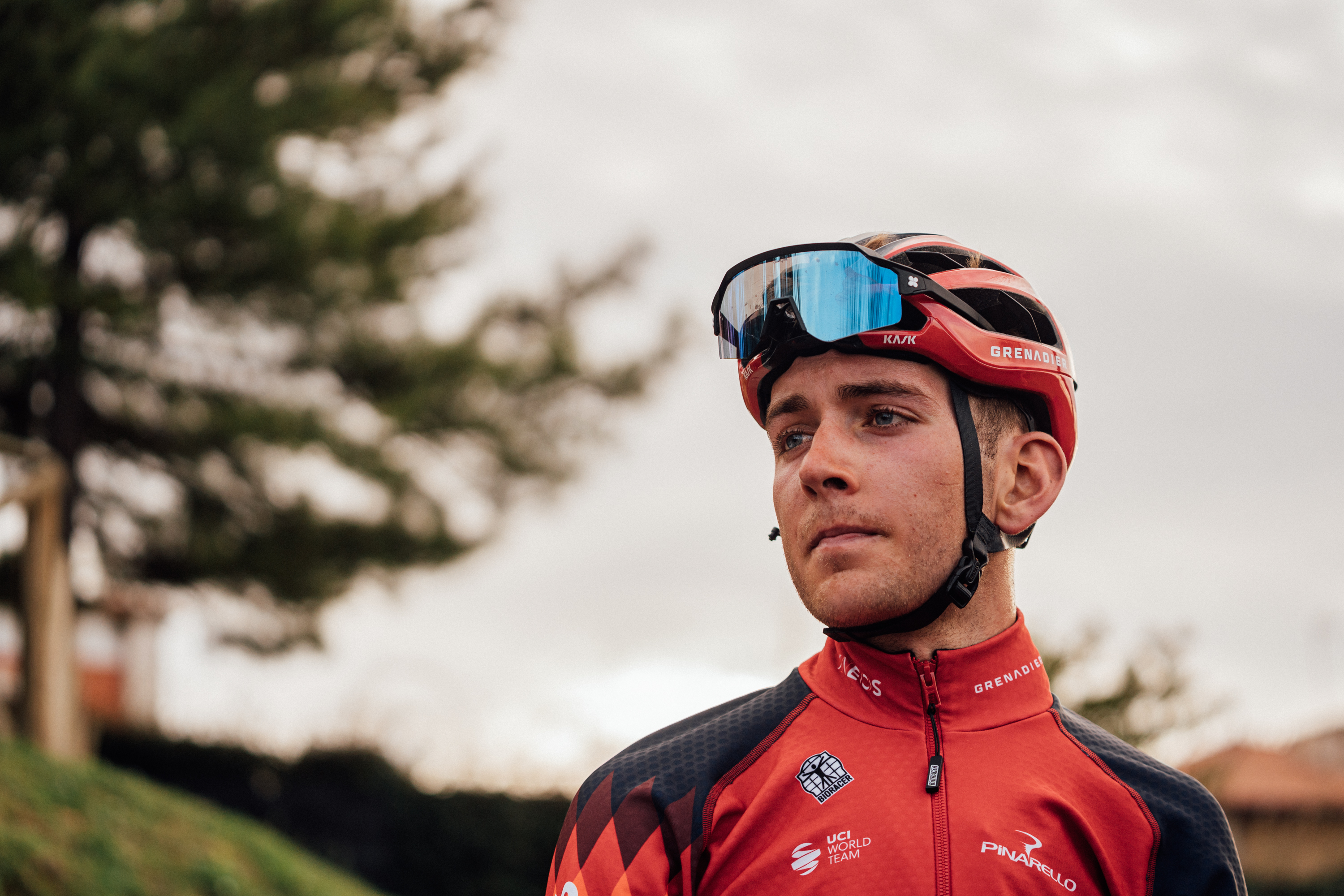 ‘I feel lucky to be alive’: Magnus Sheffield speaks for the first time about Gino Mäder’s fatal crash
‘I feel lucky to be alive’: Magnus Sheffield speaks for the first time about Gino Mäder’s fatal crashThe American describes what he saw at the Tour de Suisse, eight months after the tragedy
By Tom Davidson
-
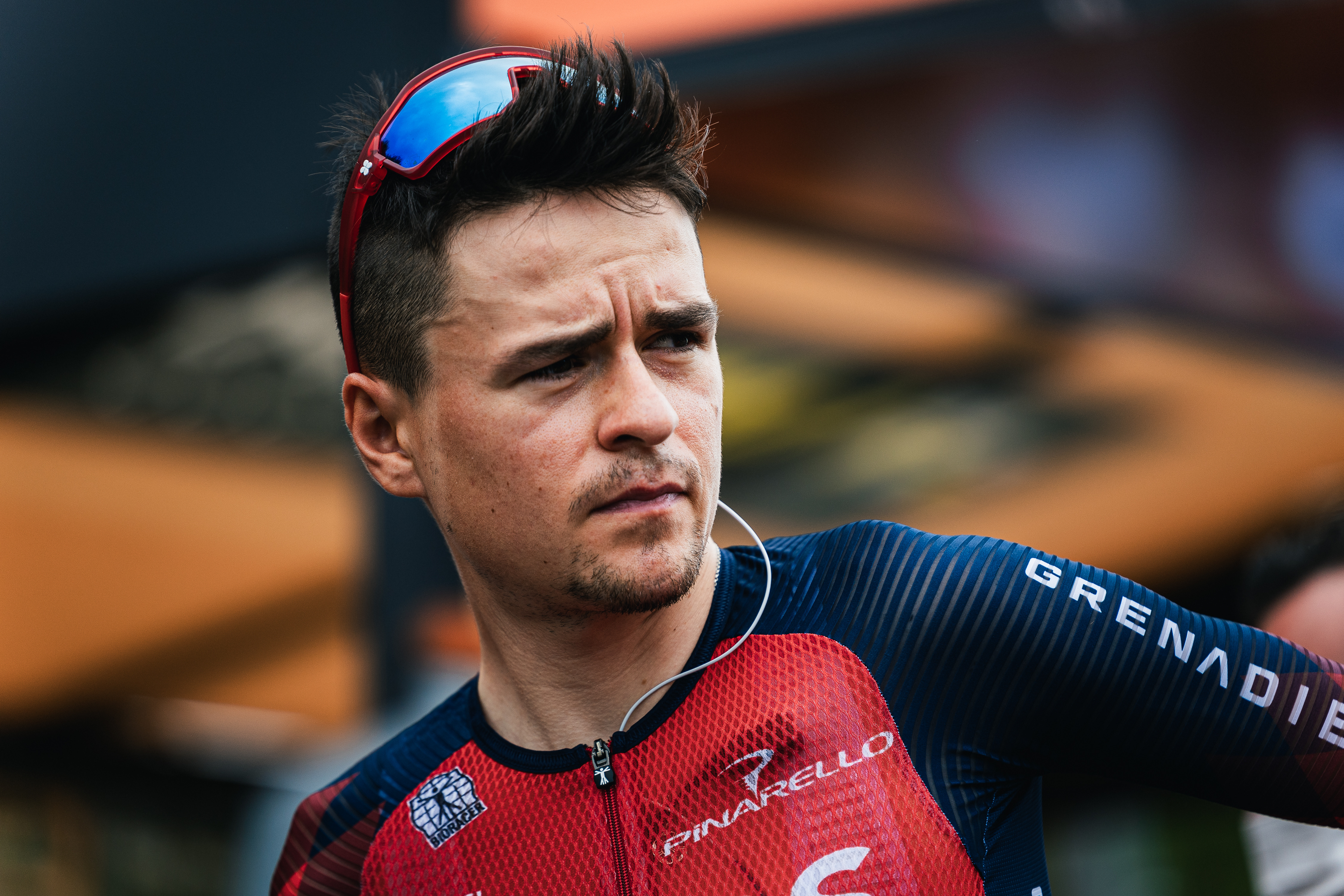 Tom Pidcock: Tour of Britain route 'not really ideal for me'
Tom Pidcock: Tour of Britain route 'not really ideal for me'Brit says he wants to win home stage race, even if the course plays in Wout van Aert's favour
By Tom Davidson